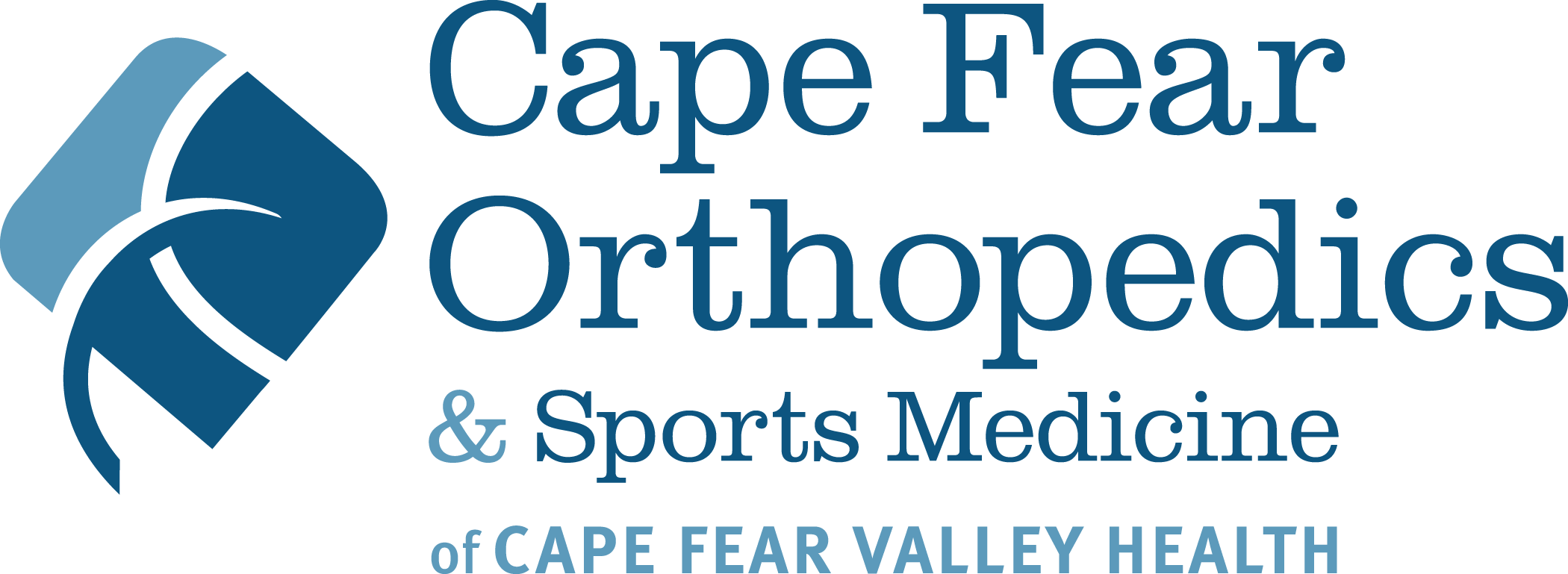IMPORTANCE OF PHYSICAL THERAPY IN SPORTS INJURY RECOVERY
Inadequately warming-up, using poor form or practicing poor training methods, and not being conditioned are a few of the causes of sports injuries. Sports injuries have sidelined many athletes for games, seasons, and even ended careers.
The process of healing from sports injuries often includes physical rehabilitation. Physical therapy helps to rebuild strength and movement in parts of the body after an injury. It can also help a person manage pain and at the same time it can help to prevent permanent damage or recurring problems.
BASEBALL SEASON AND TREATING BASEBALL INJURIES
As we find ourselves in the middle of baseball season, this means a higher occurrence in baseball related injuries. No matter how great an athlete is, baseball injuries can happen at any time leading to:
- Increased pain
- Swelling & Edema
- Strains, sprains, fractures, or cartilage tears
- Reduced function in daily activities
MOST COMMON BASEBALL INJURIES
Rotator cuff injuries – This injury occurs when one of the four muscles or tendons that holds the ball and socket joint of the shoulder in place either frays or tears. The rotator cuff muscles are important for stabilizing the shoulder joint. If you have a rotator cuff injury, you’ll notice pain in your shoulder. For baseball players, rotator cuff tears can mean the end of a season, and if not treated properly, potentially the end of a career.
Shoulder Nerve Impingement – Thrower’s shoulder is another name for a shoulder nerve impingement. It is caused by an injury of the tendons found in the rotator cuff as they pass through the shoulder joint. The pain found with a shoulder nerve impingement can be gradual yet severe and can also be accompanied by a loss in range of motion.
Medial Epicondylitis – Thrower’s elbow is the other name for medial Epicondylitis. While this injury is similar to tennis elbow, the location of the pain is different, as this pain is located on the inside of the elbow. This injury occurs from overuse and occurs mostly with pitchers who throw particularly hard or those who have improper throwing body mechanics.
Physical therapy can help most common injuries that occur in baseball players, and help them to return to functioning pain-free. Physical therapists will utilize a number of modalities in order to return an athlete back to the game.
TREATMENTS
Cold Compression Therapy: When sustaining an injury, the most common symptoms are pain and swelling. With a cold compression unit, it’s possible to address both symptoms simultaneously. The cold offers both pain-relief and helps reduce swelling at the site of the injury.
Ultrasound Therapy: Ultrasound therapy is a modality that offers maximum therapeutic benefit for baseball injuries. It can help break down scar tissue, relax musculature and joint tissues, and increase blood flow to the injured area. With multiple size soundhead applicators and different modes available, it’s also possible to treat all areas of the body for close surface injuries and those to the deeper tissues.
Therapeutic & Functional Exercise: Rehabilitation is important for improving strength and endurance once acute pain and swelling has been reduced. Therapeutic exercise and functional exercise can be accomplished with several different pieces of rehabilitation equipment.
OUR TEAM
Whether youth, professional, or in between, Cape Fear Orthopedics & Sports Medicine will keep you in the game. Our experienced staff has the techniques and expertise to manage a variety of injuries, both acute and chronic. Rehabilitation programs are specifically designed to provide a safe, progressive return to play. Each program is customized to focus on return to activity following an injury, whether operative or non-operative.
Dr. Benjamin Levine is a hand and wrist specialist. He completed his training in Orthopedics at the University of Vermont College of Medicine, Burlington, VT and a fellowship in hand and upper extremity at the University of Rochester. Dr. Levine practiced in Minnesota for six years where he served as the hand surgeon for the Minnesota Twins, Vikings, Wild and Timberwolves. His interest and research in activities in upper extremity trauma has allowed him to speak internationally and train other orthopedic surgeons. Dr. Levine’s philosophy is to try all alternatives to surgery when appropriate. He now serves as a team doctor for the Fayetteville Marksmen and the Fayetteville Woodpeckers.
Our sports medicine specialist, Dr. Jason Lowe, is a board-certified orthopedic surgeon. Dr. Lowe completed his undergraduate degree at Johns Hopkins University and received his medical degree from Loyola University of Chicago Stritch School of Medicine. He completed both an orthopedic surgery internship and his orthopedics residency at San Antonio Military Medical Center at Fort Sam Houston in San Antonio, Texas. While completing his undergraduate degree, Dr. Lowe served in the Medical Corps of the United States Army, where he received a Major rank. In addition to his clinical duties, Dr. Lowe serves as a team doctor for the Fayetteville Marksmen and the Fayetteville Woodpeckers.
When you’re a professional athlete like a baseball player, an injury can be career-ending or at the very least career-interrupting. The same can be said for weekend warriors that enjoy their off-times playing baseball and may have sustained an injury. Time is of the essence with athletes. Not only to reduce pain, but to return to full function on the playing field and in day to day activities.
At Cape Fear Orthopedics & Sports Medicine, our specialty-trained doctors at Cape Fear Orthopedics & Sports Medicine are recognized experts in sports medicine and rehabilitation. When you are seen by one of our experts, you know that you are being treated by an experienced doctor who is focused and dedicated to providing you exceptional orthopedic care.
Our experts understand that proper diagnosis is paramount in determining the most effective treatment plan for your individual condition. For a consultation with one of our providers, call us at (910) 484-2171.


